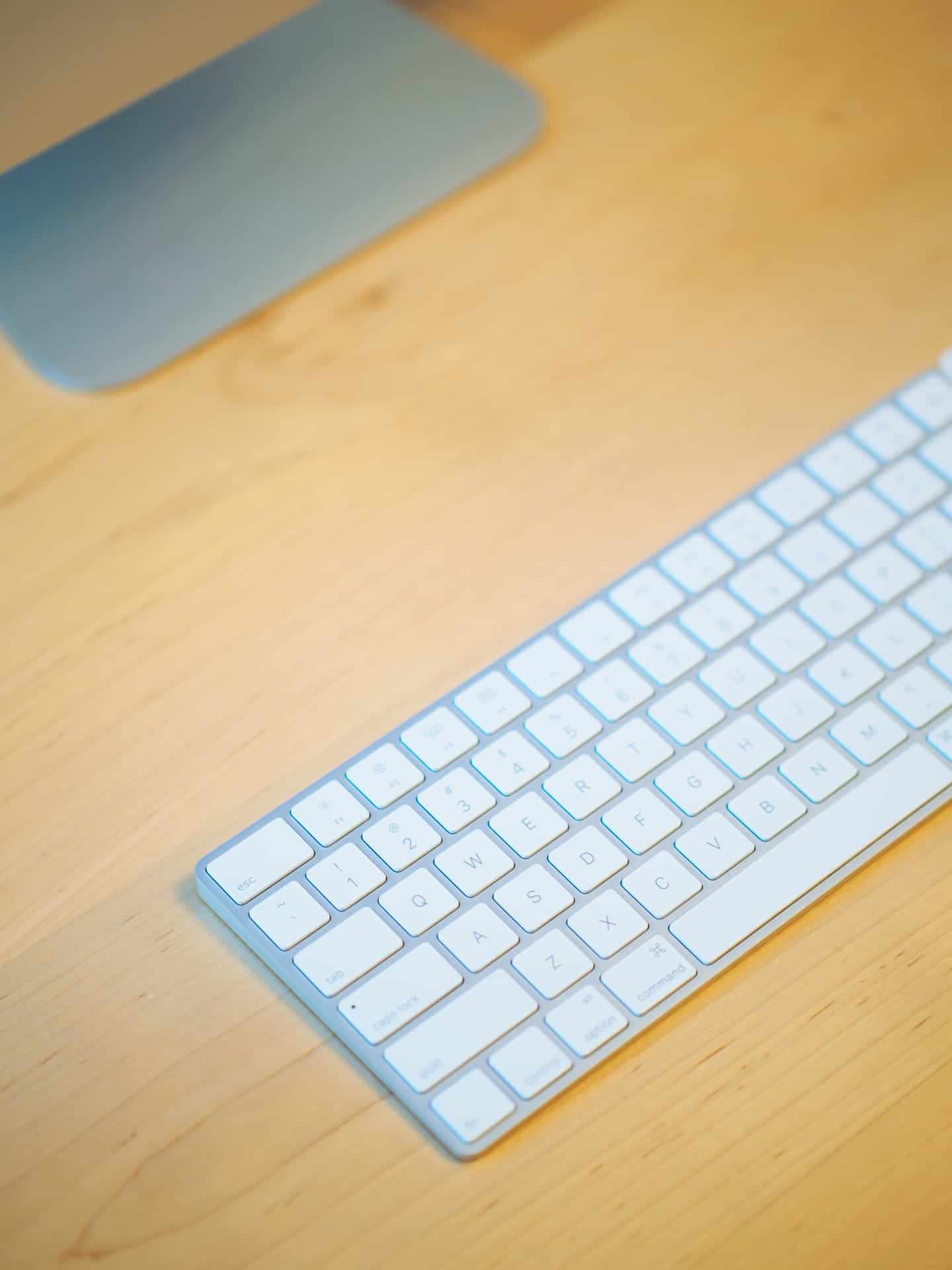
The keys have 1mm of travel, and if that doesn’t mean much to you, I’ll say that all you need to know is they feel great. Whether on your lap or on your desk, the Magic Keyboard is a delight to type on.

It’s an excellent product, and to consider it a lowly accessory is a disservice to the work that has gone into getting all this exactly right. The solid body is also perfectly weighted and balanced for use in all seated situations. The Magic Keyboard’s floating design looks cool, it all holds together like it’s one cohesive product rather than a hybrid of two.
#Trackpad magic keyboard pro#
The Magic Keyboard is designed to turn the iPad Pro into something as close to a laptop as possible, and it doesn’t deviate from that at all. If you want to do tablet-y things, you have to remove it from the case first. It doesn’t fold around on itself to become a 2-in-1 style device. There’s also no way to use the iPad Pro “on its own” with the Magic Keyboard case attached. You then set the viewing angle up to 130 degrees.Īgain, once set, it’s not going anywhere, but I did find I wanted it to go just a little further back for a more dramatic viewing angle than it could accommodate. Opening the case is easy, and the upper panel quickly locks itself into place. There is absolutely no danger of it slipping or falling off, even with excessive shaking. A set on the upper half holds the iPad Pro in place, and despite not covering the entire back of the tablet, it does so with limpet-like gusto. The Magic Keyboard is covered in magnets. It already picks up enough muck and fingerprints just by sitting at home, and will inevitably get more grubby when it is lugged around. What I do know is the material the keyboard case is made out of - a pleasingly tactile, soft-touch plastic - will pick up all the lint, dust, and crumbs at the bottom of your bag. Closed, the package is about 19mm thick, while the 2020 MacBook Air comes in at 21mm thick.īecause of current restrictions, I’ve not had the chance to carry the iPad Pro and Magic Keyboard around in my bag much, so I can’t comment on its suitability as a commuting tool, but I have no reason to doubt it will be a convenient companion. With weight comes the air of quality, and while that wouldn’t be welcome in the iPad Pro itself, it is in the keyboard. There’s no annoying flex to slow down your typing, and the heavily dampened hinge keeps the tablet securely in the position you choose. It doesn’t feel flimsy in any way, which makes it well-suited for the lap. Don’t buy this combination if you’re wanting to save weight in your bag, because it won’t really do that. I’ve been using the 11-inch version with the 11-inch iPad Pro, and together they weigh 2.34 pounds, which is only a hair lighter than the 2020 13-inch MacBook Air. Even in the box, it’s a heavy thing, and once unpacked is actually heavier than the iPad Pro itself. The weight of the Magic Keyboard for the iPad Pro strikes you the second it arrives. Here’s what it’s like, and if you haven’t decided on whether to buy a new iPad Pro yet, take a look at our review of the iPad Pro (2020). I’ve lived with the iPad Pro with and without the Magic Keyboard for several weeks now, and can confidently say this keyboard rises above any prior competitor. Fitbit Versa 3ĭoes all this mean that the iPad Pro has found the accessory that really can turn it into a laptop alternative? While that may still be a stretch, it has certainly never been closer. I also wish Apple Arcade games (and games in general) supported the keyboard so I could control my character with keys, like you would on a laptop.
#Trackpad magic keyboard windows#
I tested an app called Splashtop that let me control my Windows computer (it's great), for example, and kept having to tap a keyboard button so that it would recognize it. Apple Notes, for example, will automatically change the mouse circle (it's not an arrow like on other products) to a cursor for selecting text when you hover over something you've written.īut it's more difficult to select text in apps like Microsoft Word, which haven't been updated to fully support the new mouse - with Word, you just have to hover the circle over the text you want to change.

There's also inconsistency in how apps work. There isn't a row of function keys for pausing or playing music, adjusting the brightness of the screen or keyboard backlighting or changing the volume.

It won't do anything with more basic iPads, nor will it work with the original iPad Pros that had home buttons. It's important to know that the Magic Keyboard only works with the more recent 20 models of iPad Pro - Apple's most expensive tablet, which starts at $799 for the 11-inch model and $999 for the 12.9-inch model.


 0 kommentar(er)
0 kommentar(er)
